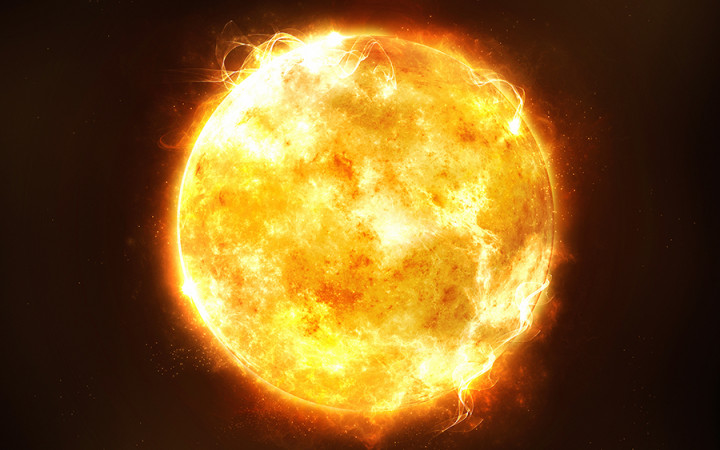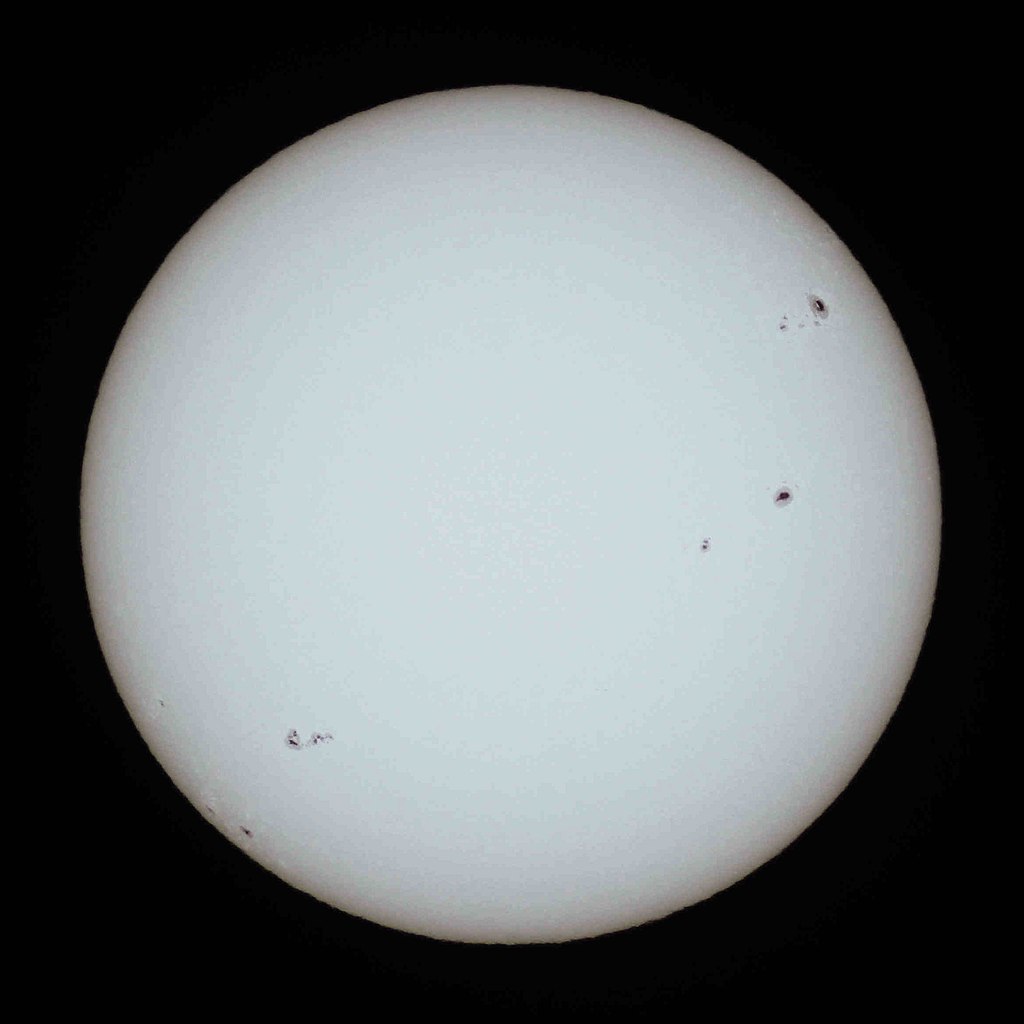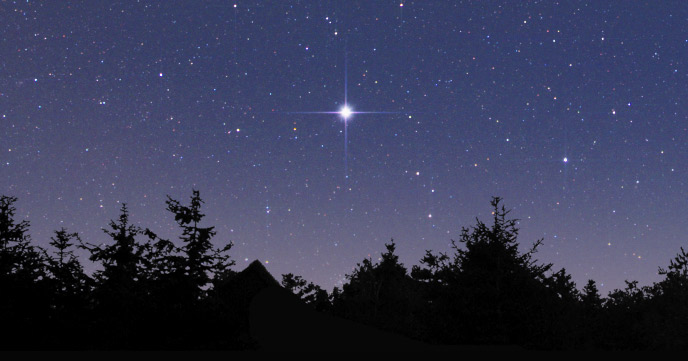Stellar Classification
Stars: What are they and how are they classified?
One thing we all have in common is that we all love to stare at the night sky and look at the stars. But when we see thousands of stars in the night sky to accompany us in the middle of the night, how long has it been since you actually thought about stars? Most people know that our sun is a star. But what else do you know about it? Let's find out together!
A Star is a luminous hot ball of gases (mostly hydrogen and helium) held together by its own gravity. Every star is supported by nuclear fusion where two hydrogen nuclei are merged together to form helium nuclei.
As of now there are seven classifications for stars. These stars are classified under the Morgan-Keenan (MK) system using the letters O, B, A, F, G, K and M, a sequence from the hottest (O type) to the coolest (M type).
1) G - Type Stars
Let us start with a star that comes to all our minds first, the Sun. The Sun is literally part of our daily life and it's one of the reasons why Earth can sustain life. The Sun is a good example of a G-type star. G-type stars are usually very bright but are considered yellow dwarves with surface temperatures of 5,000-6,000 K. The Sun is white even though it can often appear yellow. A G-type main sequence star can keep up nuclear fusion for up to 10 billion years.
2) O - Type Stars
Now let's start with one of the biggest stars to exist, O - type stars. An O - type star is a hot, blue-white star of spectral type O with temperatures of over 30,000 K. These types of stars are very rare but are extremely bright. Because of their huge mass, they have a very short lifespan and often end up exploding into supernovae, resulting in black holes or neutron stars.
3) B - Type Stars
Within 100 light years of earth, there are only 4 B-type stars, so calling it rare is a huge understatement. Stars of spectral type B are very hot, bright, and blueish emitting a propotion of their radiations in the ultraviolet wavelengths. Their stellar surfaces range from 9,000 K to 31,000 K. They are normally found near stars of even higher masses like O-type stars. An example of a B-type star is Algol.
4) A - Type Stars
Stars which are of spectral type A are called A-type stars. These stars' spectra are defied by strong Balmer series of hydrogen. They have temperatures ranging from 7,600 K to 10,000 K. They have an approximate main sequence life span of 1 billion years. One of the best-known A-type stars is Sirius, the brightest star in the night sky.
5) F - Type Stars
A F-type main sequence star is a star of spectral type F and luminosity class V. These stars have 1 to 1.4 times the mass of the sun and temperatures between 6,000 K to 7,000 K. This temperature gives a whiteish hue when observed by the atmosphere. Because of that, this class of stars are called yellow-white dwarf. These stars can support planets like the Tau Bootis and HD 10647. Some studies show that there is a possibility that life could also develop plants. They have a life cycle which is similar to G-type stars.
6) K - Type Stars
K-type stars are of spectral type K and they are normally orange in color. They are normally called as orange dwarf and are said to have a lifespan from 17 billion to 70 billion years. They are nearly half the size of the sun and have temperatures between 3,900 K and 5,300 K. Because of their very long lifespan there is a huge possibility of extra terrestrial life. A great example of a K-type star is the Alpha Centauri B.
7) M - Type Stars
M-type stars are of spectral type M and they are called red dwarfs because they are the smallest and coolest kind of star on the main sequence. They are very common in the Milky Way galaxy and have a surface temperature of about 2,000 K and have only 9% of the sun's radii. They have a lifespan of 1 to 10 trillion years.
It is really fascinating that there are so many different kinds of stars out there in the distant universe. Each class of a star has completely different properties in which we can go into great detail when it comes to spectral types and masses. I hope you all enjoyed reading it as I did while making it. Let's all fall in love with astronomy together!








.jpg/1920px-Artist%E2%80%99s_impression_of_a_planet_around_Alpha_Centauri_B_(symbolic%2C_annotated).jpg)


Comments
Post a Comment